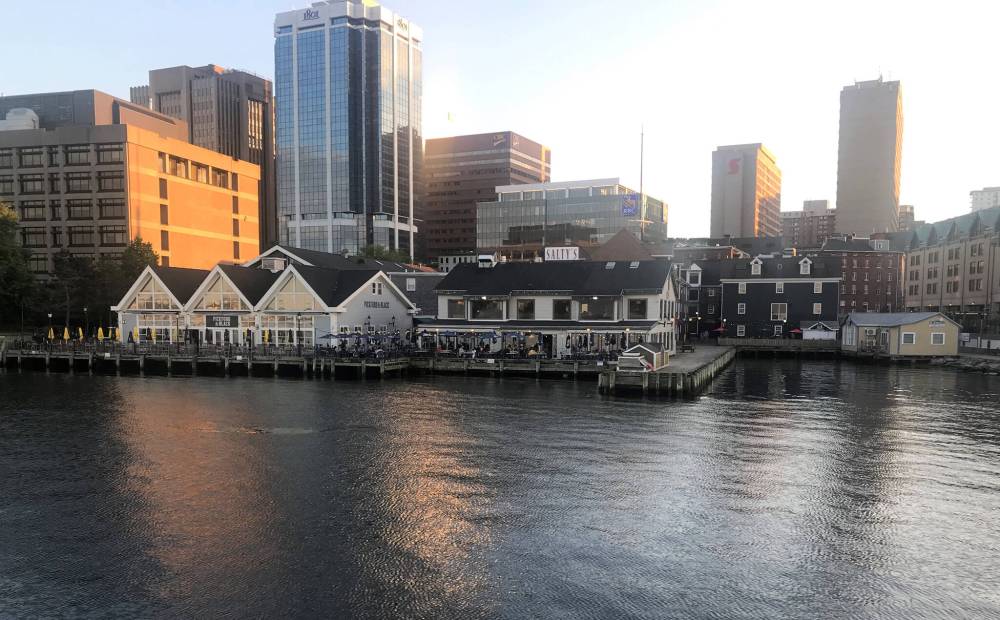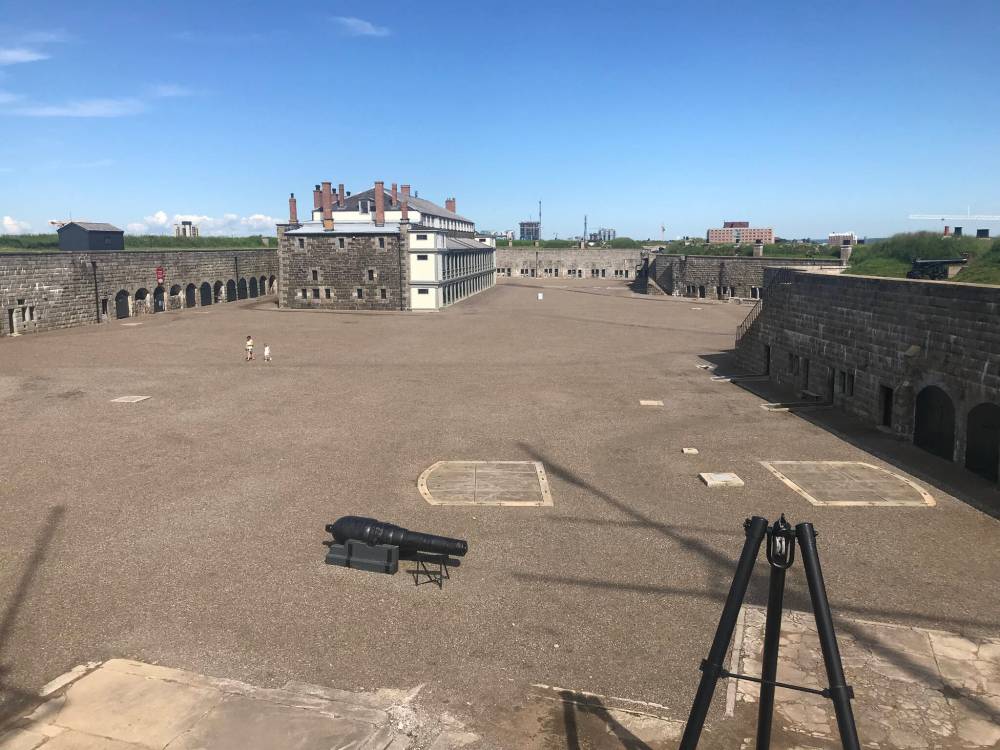Halifax is a shining nautical star
Experience East Coast culture in this scenic region
Advertisement
Read this article for free:
or
Already have an account? Log in here »
To continue reading, please subscribe:
Monthly Digital Subscription
$0 for the first 4 weeks*
- Enjoy unlimited reading on winnipegfreepress.com
- Read the E-Edition, our digital replica newspaper
- Access News Break, our award-winning app
- Play interactive puzzles
*No charge for 4 weeks then price increases to the regular rate of $19.00 plus GST every four weeks. Offer available to new and qualified returning subscribers only. Cancel any time.
Monthly Digital Subscription
$4.75/week*
- Enjoy unlimited reading on winnipegfreepress.com
- Read the E-Edition, our digital replica newspaper
- Access News Break, our award-winning app
- Play interactive puzzles
*Billed as $19 plus GST every four weeks. Cancel any time.
To continue reading, please subscribe:
Add Free Press access to your Brandon Sun subscription for only an additional
$1 for the first 4 weeks*
*Your next subscription payment will increase by $1.00 and you will be charged $16.99 plus GST for four weeks. After four weeks, your payment will increase to $23.99 plus GST every four weeks.
Read unlimited articles for free today:
or
Already have an account? Log in here »
Hey there, time traveller!
This article was published 17/09/2022 (1178 days ago), so information in it may no longer be current.
My lifelong addiction to travel began and became cemented in a long walk along the Halifax Harbour many years ago. This was not a stroll to view the beautiful shoreline, or to stop and dine in a great seaside restaurant, because at that time the scenery was not attractive, and there were no food services of any kind to be had.
On that day, with my longtime friend, Ron Lukie, we were going from ship to ship in an attempt to convince one of the freighters moored there to hire us for one way work furlough to Europe. We were advised the effort was sure to be unsuccessful. To our astonishment and delight, a Danish freighter had been sold to Greek interests, and would be drydocking for upgrading in Denmark after this voyage. We were replacing sailors who were able to find more permanent employment on other vessels.
Looking back towards shore as we departed was not a pretty sight, not one I longed to come back to any time thereafter.

Photos by Ron Pradinuk / Winnipeg Free Press
Along the Halifax Harbour there are now dozens of restaurants and food stops.
It would be years before I was able to return to Halifax and I was amazed at the change in the waterfront. A dramatic transformation had taken place, with this once almost derelict area having become the focal point for tourist visits.
Today’s harbour area, situated almost immediately below the main downtown section, is now a lineup of restaurants, food stands, unique shops and an array of boats and display vessels for tourists to photograph or explore. When I was there this summer, visitors could climb aboard and explore the restored Second World War HMCS Sackville, the last corvette. Corvettes were small Canadian built ships used effectively as anti-submarine vessels.
While walking the frontage that hugs the shoreline was fun, I took the opportunity to take a unique kind of Halifax tour. Ambassatours has acquired an amphibious vehicle which drives tourists around the major Halifax land-based sites, than slides neatly into the harbour waters for a different perspective of the city.
The tour took us close to Georges Island, one of the most recently opened National Historic Sites in our national park system. I was then able to catch one of the newer tours available for visitors to explore the island. It too proved to be a knowledge building excursion worth experiencing.
Georges Island’s history holds many tales of the different peoples whose lives were shaped or changed by living on it.
Georges Island is designated as one of the five important Defence Complexes which according to its descriptions, “protected one of the principal naval bases of the British Empire during the 18th and 19th centuries. It contains representative examples of shore defences from the 18th century to the Second World War.”
Traditionally a gathering place for the Mi’Kmaq indigenous tribe, it would become the home of Fort Charlotte.

During the Second World War, Georges Island was a military lookout base.
What makes this site most fascinating is the fact that the moat surrounding Fort Charlotte, which we still had to cross to enter, leads to an underground world that we could wonder through, and truly gain a feeling for how those who spent time there lived. Much of Georges Island is dominated by a huge hill which, along with its lighthouse, defines the island from afar. The underground tunnels which weave through the fortress still have the large cannon which could have been used to protect the Halifax Harbour from attack, along with the rail system which was used to supply munitions and supplies.
In its darker period of its history, Georges Island and Fort Charlotte would become a prison for the Acadians who would not commit their loyalty to the British Crown in the years following 1755. At least 1000 Acadians were held there, before being deported to the United States.
Perhaps the most important of the five Halifax Defence Complexes is the Citadel, which is perched high above the central city, as though still acting as its trusted guardian.
Interestingly, the Citadel was considered so important for the defense of the harbour, that it was rebuilt three times since it was first erected in the early 1800’s. Yet it was never attacked. Perhaps this is why the Citadel stands as one of the most completely preserved of the forts I have visited.
Unlike so many of the square or rectangular shaped fortresses I have visited across Canada, this one is star shaped. During the peak season, visitors are greeted by dozens of period-dressed staffers—ready to explain their part in the history they are portraying by their costume.
I spent over three hours wandering through the buildings, which have become historical museums, showing the entire history of the fort and the region through its artifacts and presentations.

The Citadel in Halifax was occupied by British forces until 1906.
As a nation of immigrants, no one should leave Halifax without visiting Pier 21. If you’re ancestors did not enter Canada through this location, you will most likely be able to source all their entry information from their data base.
Halifax is a lesson in city planning which demonstrates what a destination can do when the city and provincial bodies cooperate to create change.
pradinukr@shaw.ca

A writer and a podcaster, Ron's travel column appears in the Winnipeg Free Press every Saturday in the Destinations and Diversions section.
Our newsroom depends on a growing audience of readers to power our journalism. If you are not a paid reader, please consider becoming a subscriber.
Our newsroom depends on its audience of readers to power our journalism. Thank you for your support.

